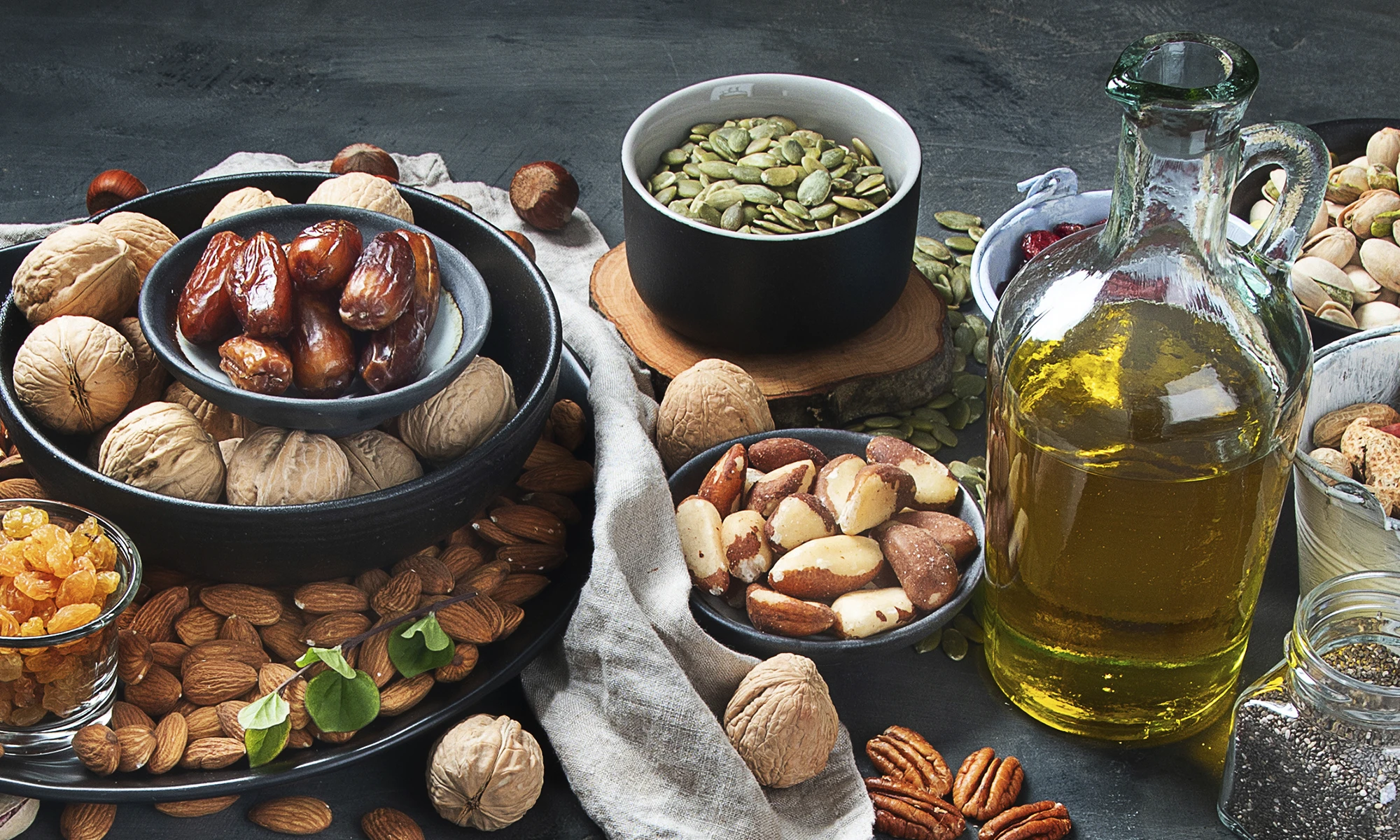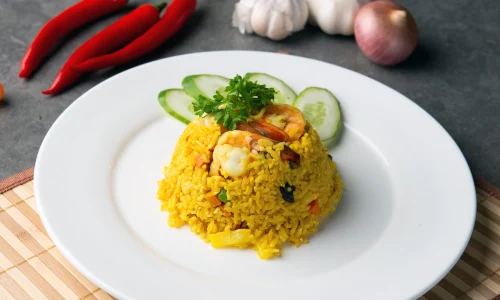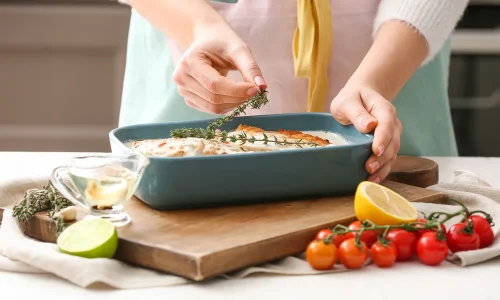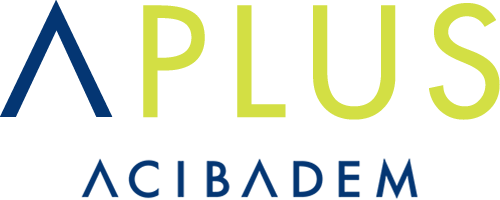Since fasting hours are long during Ramadan, it’s essential to make healthy choices when breaking the fast. Starting with water helps rehydrate the body after a long day of fasting. Following water, a light soup is beneficial for the digestive system. Variety in the main course is key, so try to include a balanced mix of proteins, carbohydrates, and healthy fats.
To prevent dehydration, choose cooking methods like baking, grilling, or steaming instead of frying. Also, keep daily salt intake below 5 grams, as too much salt can increase thirst.
Incorporate raw vegetables and foods high in water, minerals, and fiber to help control hunger. Opt for whole grains like bulgur instead of simple carbohydrates like rice, pasta, or pastries, as they are more filling and keep you satisfied for longer.
If you want to enjoy fruits or desserts, wait 1-2 hours after the main meal. Choose fruit-based or dairy-based desserts over heavy, syrup-laden sweets.
Tips for Restaurant Iftar Menus
- Avoid “all-you-can-eat” menus, which can lead to overeating.
- Restaurants often use excess oil to enhance flavors. Opt for grilled dishes or cold olive oil-based appetizers rather than creamy or fried dishes. If your stew is too oily, eat the solids but avoid the broth.
- Avoid carbonated drinks and juices. Water is the best choice to accompany your meal.
- To control calorie intake, limit yourself to one serving of soup, a main dish, yogurt or salad, and a slice of bread.
- Choose lighter desserts like milk-based sweets, ice cream, or dried fruits over syrupy options to help with portion control.
These tips will help you make nutritious choices and enjoy a healthier iftar during Ramadan.





